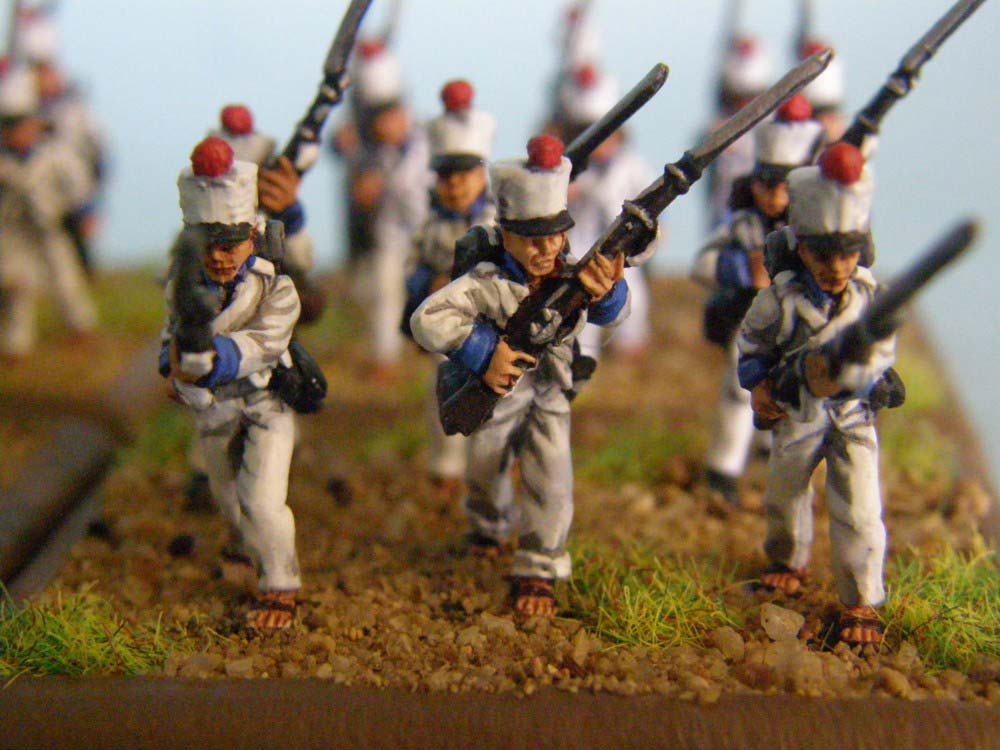Una vez definido el terreno el próximo paso qe vamos a realizar es el de posicionar las tropas que participaron en la batalla.
Para ello tratamos de estimar las dimesiones reales que utilizara cada unidad de combate en el campo de batalla, considerando para ello una distancia de 70 cm por hombre. Así calculamos el ancho de la linea de combate que puede haber ocupada cada unidad. Respecto a la profundidad de la línea usamos una dimension un poco mayor por el mero hecho que que sea mas visible en el plano.
En cuanto a la altura usamos una dimensión de 1,8 m para mantener la relación con el relieve del terreno cuando proyectamos distintas vistas de los movimientos de la batalla.
Una vez que esten los dos ejércitos en sus posiciones de batalla, luego tendremos que porceder a desarrollar los movimientos de las distintas fases del combate.

Once we have rendered the battle our next task is to place the troops which engaged in the battle.
We estimate the real dimensions of the different battalions based on the assumption one private occupies 70 cm (27,3 inches) in the line of battle. Taking into consideration the number of men each regiment had at the battle, we calculate the real lenght of the battle line.
The depth of the regiments formed in line is represented wider than it should have been just for rendering purpose, other way it would be very thin and not well seen.
The high is represented to 1,8m (5 feet 10 inches) to keep the scale of the terrain hights.
Once the two armies are deployed we have to study the movements of each unit during the battle.









